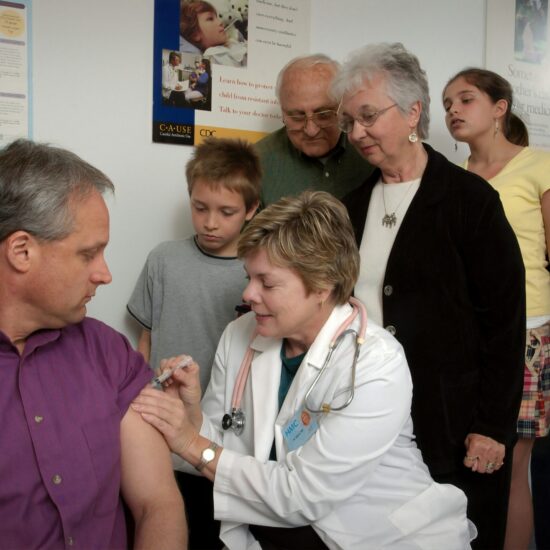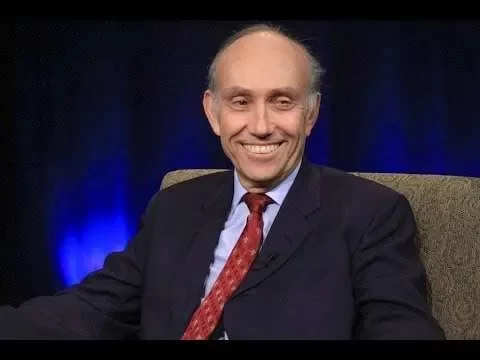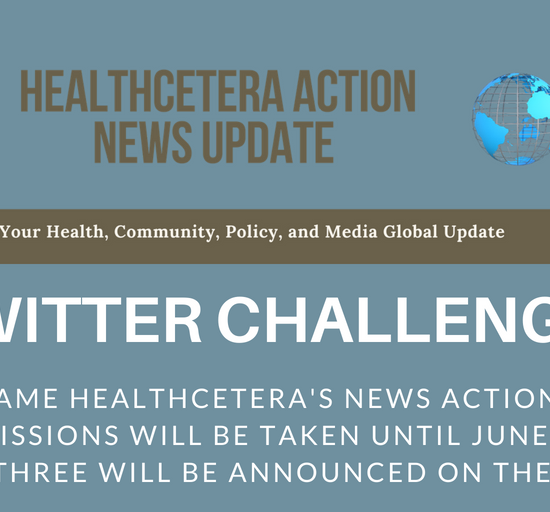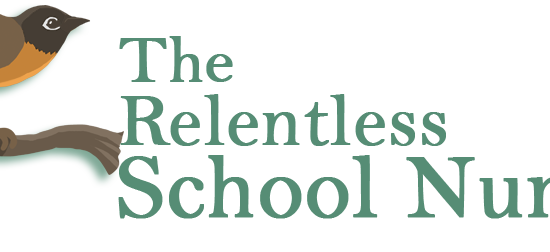
Dr. Carol S.Lang captured the attention of the nursing students gathered to learn about the options in international education experiences at George Washington University School of Nursing (GWSON). Lang is Associate Director of Global Initiatives at GWSON.
She told compelling stories of her global health experiences. She was honest and direct. They’d be traveling to places where gaining access to health care is limited and will see a disproportionate burden of disease in people. They’d be exposed to new challenges under less-than-optimal working conditions in developing countries.
GWSON student, Julie Brown, was one of those students sitting there listening intently. She shared her thoughts:
“Immediately, my mind was brought down from the clouds and turned inward to my inner heart and soul. What an amazing opportunity I thought. I had been on a religious mission trip when I was younger, so I had a good idea of the emotional impact from that perspective, but now for a whole different country and a new look into this new career.”
BSN students Julie Brown, Susan Gardner, Kirstin Kozak, Erin McCourt and Michelle Rimar and Doctor of Nursing Practice student Princess Manley (photo below) selected the medical mission to Caracol, Haiti (located in northeast Haiti).
GWSON Haiti medical mission is in partnership with Sae-A, a South Korean-based global apparel manufacturer, Pusan National University in South Korea and local Haitian nurses.
GWSON students collectively wrote the reflections in diary format upon their return home.
3, 2, 1, Takeoff! November 11, 2017
Arriving at the airport things began to feel more real. Preparation for this trip began months ago but we had no idea what to expect. The first leg of the trip was to Miami, Florida where we met our Korean nurse and physician colleagues. We were all a bit nervous. Within ten minutes of meeting them, we wished we had learned how to greet them in Korean. The universal language, the smile, made that first meeting easier. The 13 Koreans and 13 Americans left together as a team on the short flight to Haiti. We landed at Cap Haitian Airport. We felt a seismic shift upon arrival in Haiti. The airport was smaller than any airport in the United States we had ever flown into. The security process was unfamiliar and people were speaking Korean, English and Creole all at once. We grabbed our bags and boarded a rental van for the drive to Caracol. Along the way, we saw cows, goats, and dogs along the road. We drove on a dirt road for 45 minutes and arrived at the gates of the compound where we would live, work and sleep. There were guards with guns positioned outside the gates and security personnel inside the compound. It was for everyone’s safety but it was startling. We do not live under these intense security conditions back home.
School turned clinic November 12, 2017
By mid morning, after organizing and packing up supplies we brought, we headed over to the school building where they had already converted classrooms into temporary clinic rooms. The school-turned-clinic had been set-up ahead of time but adjustments were needed. We immediately got to work. We understood then what Dr. Lang meant by flexibility being key on a mission. It was the first of many adjustments we would make and times we’d be flexible. Each triage team appointed a daily leader responsible to provide help as needed, be the point person for questions and to communicate changes in plans to the rest of the team. We had to stay focused and in sync.
First full clinic day November 13, 2017
Today was our first full clinic day. By the end of our first day, with our triage teams in place, we provided health care to 400 people. Throughout that first day, we tried out different systems for triaging patients and found the mass casualty response to be most efficient. We employed this triage model throughout the remainder of our stay. Our first big challenge was working with our Creole translators. We both misunderstood chosen words and their meaning that created barriers to understanding patient’s needs. It slowly improved over time. Each team’s goal was to triage a patient in less than 4 minutes then direct them to the related physician specialty in their examination room. Many of the patients had a laundry list of health issues they were hoping to have resolved that day. Some individuals reported that they had not seen a physician in 30 plus years. This was our next big challenge – we had limited time and we had to focus on a patient’s most serious health need. Our 4 minute clinical assessments had to direct people for care that demanded medical attention. We managed.
Wake up, eat, clinic, eat, clinic, eat, shower, sleep. Repeat November 14-15, 2017
The last two days in Haiti have been both demanding and rewarding. We have cared for over 1,400 patients and several hundred more were expected before the end of clinic hours at noon on Friday.
The last full clinic day November 16, 2017
Today would be our last full day running the clinic. We were tired. We felt like we were running on fumes. We were committed to do our best on this last clinic day. We understood that the local people coming in were depending on us. We held dearly their words of gratitude after every blood pressure and pulse rate was taken. This reminder of their gratitude got us through the last day.
Teaching
On Wednesday, we used illustrated posters we created and brought with us to teach a group of 75 people – women, men and children, about chikungunya, a mosquito-borne disease and hypertension prevention. It felt great to see how engaged they were listening, taking notes and asking thoughtful (and sometimes surprising) questions.
Reflections
We were touched by the kindness and gratitude of the Haitian people we served. The Haitian people showed us their love for family and each another. In facilitated focus groups, parents shared their commitment to care for their children and to find ways to insure their healthy development. We understood how hard these parents worked and sacrificed, putting their own needs aside, to be sure their children had what they needed first. We were in awe of their sacrifices.
We successfully worked through the translation struggles and communication went more smoothly. This lesson drove home how critical communication is to the patient-provider encounter and the critical role of translators.
Every triage nurse faced the daily struggle to get people to tell us one key problem. This was harder to solve and we understood why. They wanted us to know about all their health needs. It wasn’t easy to stick to the time management triage system in order to see the 100s of patients waiting in line. It wasn’t easy to limit these encounters to 4 minutes. The translators helped us do this better.
Collaboration
Working in a short period of time as an international inter-professional team had it’s challenges. Our Korean physician colleagues initially placed a greater emphasis on efficiency to get patients through triage process into their treatment rooms. The nurses practiced spending time on health promotion and prevention of disease when time permitted. They knew this would impact their lives for the long term. We talked it over with our physician colleagues, pushed back a little, and eventually there was agreement we take this time to educate the patients. We realized that we were becoming a team. Everyone played a different role and that our differences were not only culturally based but reflected the different practice patterns of the nurse and physician.
Final day in Haiti November 17, 2017
Friday clinical flew by. We were down two physician colleagues who had left earlier that morning for their flight home. We finished triaging patients by 11:30 am then packed up the clinic. It was an emotional experience with tears shed. We were exhausted but not ready to leave. We felt like we just got started, we still had work to do. We said our goodbyes to the translators and local staff then slowly headed back to our dormitories.
Later that day we packed up the van and headed back to Cap Haitian. The dirt road took us through the village where people had traveled from to come to the clinic. Looking out the van window things appeared to move in slow motion. Living conditions were poor. We saw people bathing and washing their clothes in puddles of street water. Women were carrying buckets of water on their heads. We said we hoped it was collected from a clean water source and was safe for drinking. The reality hit us like a ton of bricks realizing people came to the clinic in their “Sunday best.”
We had been living a sheltered life inside the compound in dormitories with running water, indoor showers, and provided three meals a day. We wondered how different it would have been had we visited this village before the clinic opened it’s doors. We read about Haiti and Her people from books before we arrived but the education we received you can’t get from a book.
We ended our time together with a night of fellowship, food, drinks and dancing at a lovely location in Cap Haitian hosted by our partner, Sae-A .
It was the beginning of our re-entry process and our transition home. Forever changed nurses.
Dr. Joyce Pulcini, Director of Community and Global Initiatives, Dr. Carol S. Lang, Associate Director of Global Initiatives and Dr. Kathleen Griffith, Associate Professor, GWSON were the lead faculty with the students on this medical mission.










